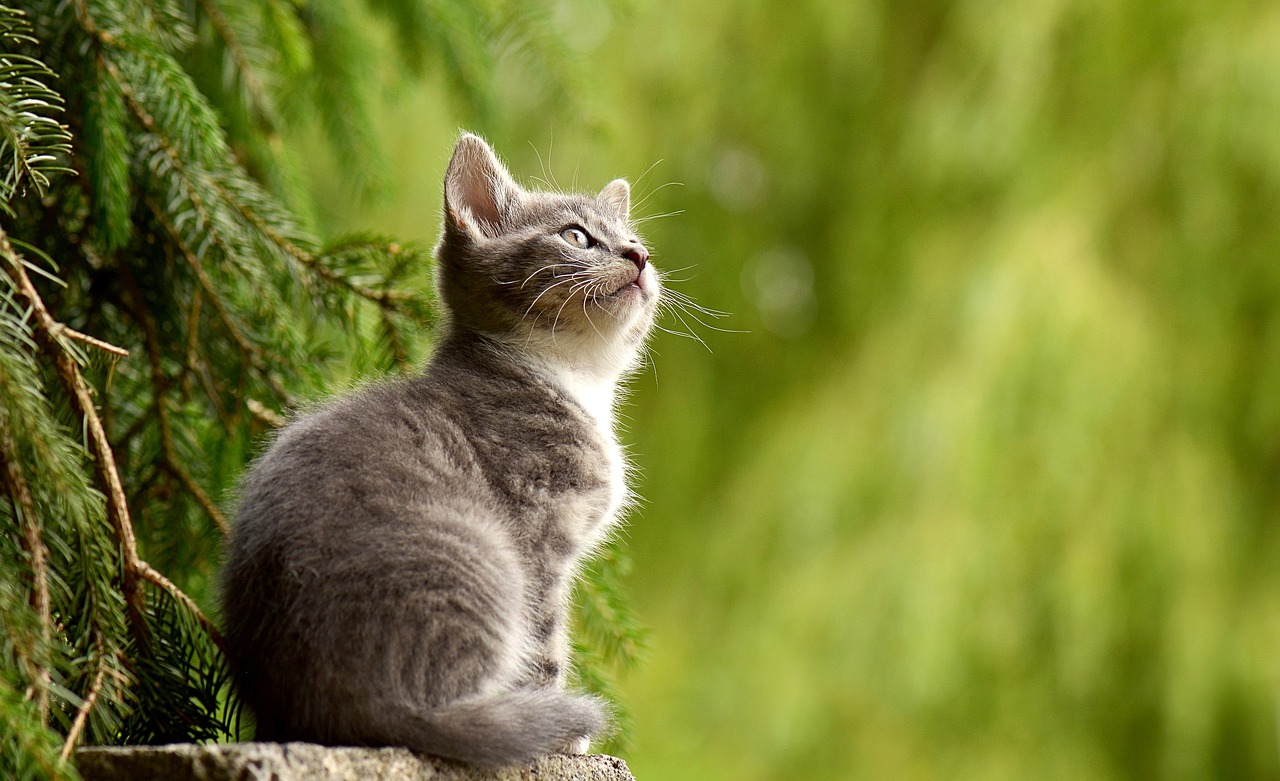Share This Article
Maintaining your cat’s ear and dental health is crucial for their overall well-being. While cats are generally good at grooming themselves, they still need your help to keep their ears clean and their teeth healthy. Neglecting these aspects of feline care can lead to infections, dental diseases, and discomfort. This comprehensive guide will walk you through the essentials of ear cleaning and dental care for your cat, providing tips and techniques to ensure their ears and teeth remain in top shape.
Ear Cleaning: Why It Matters
Healthy ears are vital for your cat’s overall health and comfort. Regular ear cleaning helps prevent infections, remove excess wax, and identify potential issues early.
Signs of Ear Problems:
- Scratching or Rubbing: If your cat frequently scratches at their ears or rubs their head against surfaces, it may indicate discomfort or an infection.
- Unpleasant Odor: A foul smell coming from your cat’s ears can be a sign of an infection or excessive wax buildup.
- Discharge: Abnormal discharge, whether it’s brown, black, or yellow, could indicate an ear infection or ear mites.
- Redness or Swelling: Inflamed or swollen ears can be a sign of an underlying issue that needs attention.
How to Clean Your Cat’s Ears:
- Gather Supplies:
- Ear Cleaner: Use a cat-specific ear cleaning solution recommended by your veterinarian.
- Cotton Balls or Gauze: Avoid using cotton swabs as they can push debris further into the ear canal.
- Prepare Your Cat:
- Calm Environment: Choose a quiet, comfortable place where you and your cat can relax.
- Hold Steadily: Gently hold your cat’s head still, or enlist the help of a friend if needed. You may also wrap your cat in a towel to prevent sudden movements.
- Apply Ear Cleaner:
- Follow Instructions: Apply a few drops of ear cleaner into your cat’s ear canal as directed on the product label.
- Massage the Base: Gently massage the base of the ear to help the cleaner break down wax and debris.
- Wipe Out Debris:
- Use Cotton Balls: After massaging, use a cotton ball or gauze to wipe out any loosened debris from the ear canal. Be gentle and avoid pushing debris further in.
- Repeat if Necessary:
- Check Both Ears: If both ears need cleaning, repeat the process for the other ear.
- Reward and Comfort:
- Positive Reinforcement: Reward your cat with treats and praise for their cooperation to make future cleanings easier.
When to Seek Veterinary Help:
- Persistent Issues: If you notice persistent signs of infection, such as severe redness, swelling, or a strong odor, consult your veterinarian.
- Frequent Ear Cleaning: If your cat requires frequent ear cleaning or shows signs of chronic ear problems, seek professional advice.
Dental Care: Why It’s Important
Dental health is vital for preventing gum disease, tooth decay, and pain. Good dental hygiene can also prevent more serious health issues that may arise from poor oral health.
Signs of Dental Problems:
- Bad Breath: Persistent bad breath can indicate dental disease or other oral health issues.
- Gum Inflammation: Red, swollen, or bleeding gums may signal gingivitis or other dental problems.
- Discolored Teeth: Yellow or brown stains on teeth can be a sign of plaque and tartar buildup.
- Difficulty Eating: If your cat has trouble chewing or appears reluctant to eat, it could be due to dental pain.
How to Maintain Your Cat’s Dental Health:
- Brush Your Cat’s Teeth:
- Use Cat-Specific Products: Purchase a cat toothbrush and toothpaste. Never use human toothpaste, as it contains fluoride, which is harmful to cats.
- Start Slowly: Introduce brushing gradually. Begin by letting your cat taste the toothpaste and then gently brush a few teeth at a time.
- Regular Brushing: Aim to brush your cat’s teeth at least 2-3 times a week for the best results.
- Provide Dental Treats and Toys:
- Dental Treats: Specially formulated dental treats can help reduce plaque and tartar buildup while providing a tasty reward.
- Chew Toys: Cat toys designed for dental health can help clean teeth and massage gums as your cat plays.
- Monitor Their Diet:
- Quality Diet: Feed your cat a high-quality diet with balanced nutrition. Some cat foods are specifically formulated to support dental health by reducing plaque and tartar buildup.
- Avoid Table Scraps: Prevent the accumulation of plaque and tartar by avoiding feeding table scraps and human food.
- Schedule Regular Vet Checkups:
- Professional Cleanings: Regular veterinary checkups are essential for monitoring your cat’s dental health. Your vet may recommend professional cleanings to remove plaque and tartar buildup that brushing alone can’t address.
- Dental Exams: During vet visits, your veterinarian will examine your cat’s teeth and gums for signs of disease and provide recommendations for maintaining oral health.
When to Seek Veterinary Help:
- Severe Dental Issues: If your cat exhibits severe dental problems, such as significant pain, loose teeth, or extensive gum disease, consult your veterinarian for an evaluation and treatment plan.
Conclusion
Maintaining your cat’s ear and dental health is essential for their overall well-being and comfort. Regular ear cleaning helps prevent infections and manage ear health, while good dental care prevents painful conditions and promotes overall health. By incorporating these practices into your routine and staying attentive to your cat’s needs, you can ensure they enjoy a happy, healthy life.
Feel free to share your experiences or ask questions about ear cleaning and dental care in the comments. Let’s work together to keep our feline friends in top shape and provide them with the best care possible!


